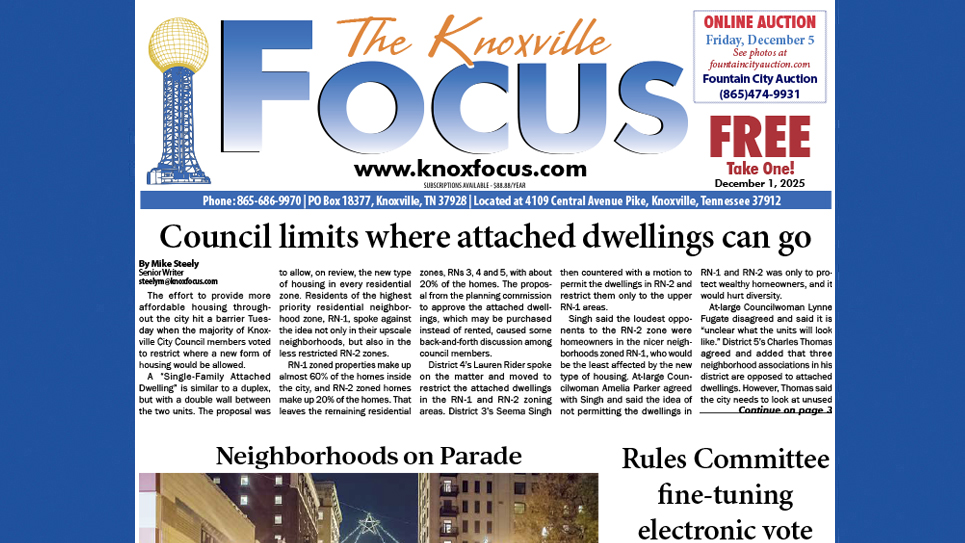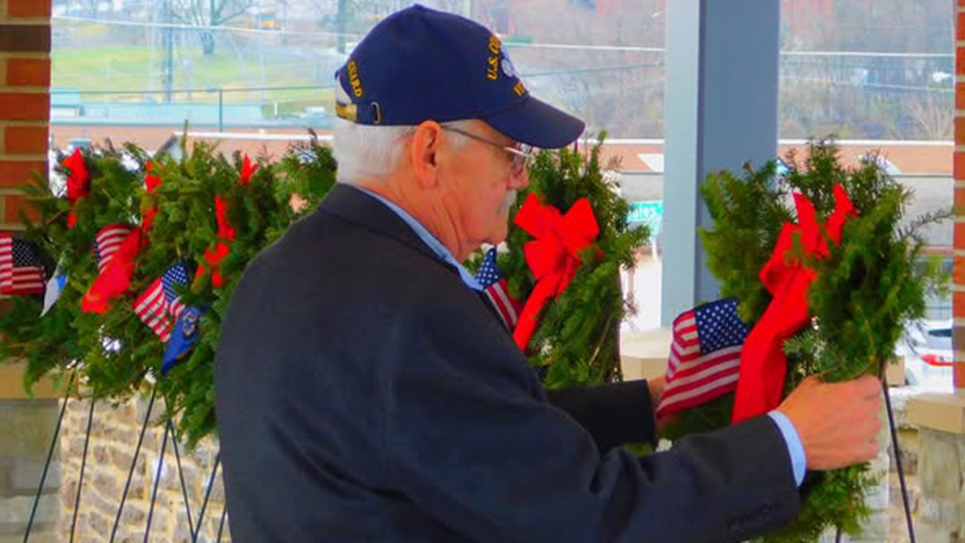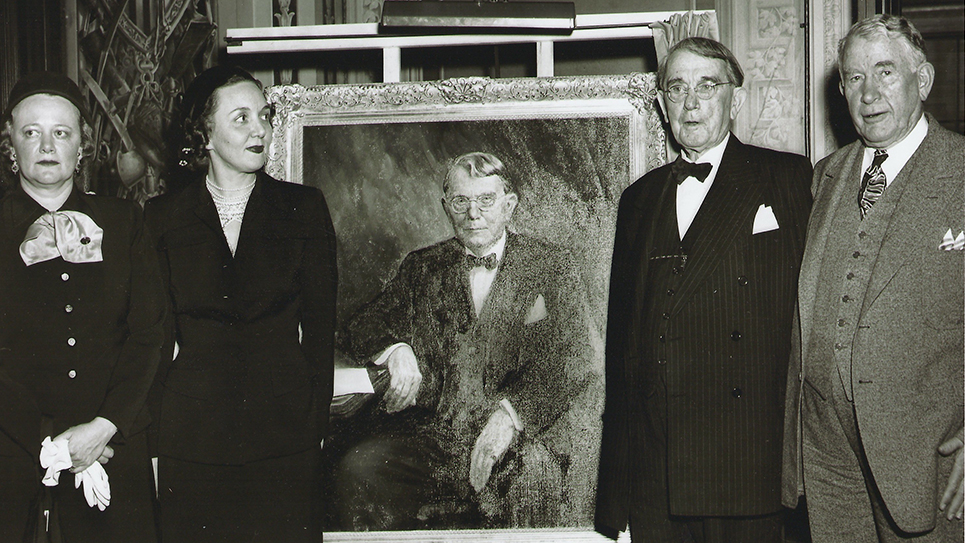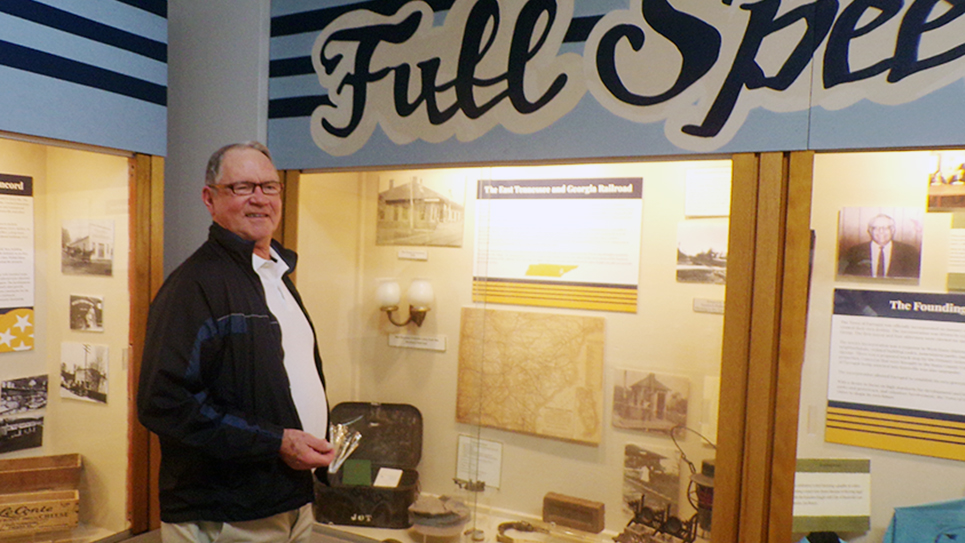Drama underneath the south end
By Tom Mattingly
Interesting things go on in the visiting team dressing area after the game. That assertion comes after spending time in the visitors’ media area post-game from 1989 through 2006.
There’s drama underneath the south end after each game precious few fans get to witness.
The current visiting team area dates to the 1948 stadium expansion at the south end, with a couple of additions, including a new media room, in the years since. This area is a continuous hub of activity on a number of fronts after the game, the corridor often being crowded with training supplies as well as food for the post-game trip to the airport and the plane ride home. There are also print and broadcast media present with all kinds of questions.
There’s the sound of cleats on carpet laid down over concrete. There’s the uniquely football sight and smell of blood, sweat, and grass stain, and icepacks on sore joints, occasionally slings or crutches for players injured during the game. Trainers dole out pills of one kind or another, making notes about who received what.
Players grumble to themselves over missed tackles, dropped passes, and bad calls. If the opponent is Alabama, Georgia or Vanderbilt, there are occasional obscenity-laced tirades directed their way by “fans” exiting the stadium through a maze of ramps.
After the 2006 LSU game, I remember walking into the media room and spotting someone being interviewed who looked suspiciously like an offensive tackle. “Which one of the linemen is that?” I queried. The LSU rep said he wasn’t a lineman. He just looked like one. Actually, it was Tiger quarterback JaMarcus Russell, all 6-5, 265 pounds of him.
Occasionally, it was a shock when the inside door opened and an opposing coach such as Steve Spurrier or Mark Richt strode into the room. Spurrier always had a one-liner at the ready, something about “God looking after the Gators,” particularly after the finish of the 2000 game. Something about a victory at Neyland Stadium always seemed to get Spurrier’s pulse racing.
One media cynic said afterwards it wasn’t really the Almighty who had aided Florida. It was the SEC official who ruled that Jabar Gaffney had caught the game-winning touchdown pass in the north end zone.
On the other hand, Richt, like many others, was generally more restrained, considering every word, speaking in measured, “coach-speak” type tones. Media reps generally earned better “copy” from Spurrier.
After the 2001 South Carolina game, when there was a malfunction with the game clock, Lou Holtz told the media how easy it was to keep the time: “One thousand one, one thousand two,” he said.
Two years before, when the game ball was delivered to midfield by a paratrooper, Holtz reminded everyone that he had also jumped out of a plane, one of the 100 or so things on his adult life to-do list, e.g. eating dinner at the White House, coaching at Notre Dame, winning a national championship, etc.
UNLV head coach John Robinson was holding court after his team lost in the 2004 season opener. In the midst of his remarks, Anthony Munoz tried to “ease into” the interview room, as if someone his size could do so anywhere. After spotting him, Robinson stopped in mid-sentence and told the assembled media, “There’s the greatest offensive lineman ever to play this game.”
Occasionally coaches’ comments are more for their local media. In 1999, when Memphis lost a 17-16 decision, Rip Scherer, the only Tiger coach to defeat Tennessee (21-17 in 1996), tore into Tiger beat writers for doubting the courage and character of his team.
Then there was 2002, when Alabama dispatched the Vols 34-14. Coach Dennis Franchione did his interview perfunctorily, looking very much like the loneliest man in Neyland Stadium. I later found out he had been making plans to get out of Tuscaloosa, headed to College Station, Texas.
Kentucky coach Guy Morriss’ post-game comments after the 2002 game were singularly impressive. The game with the Vols had come three weeks after a real downer for the Wildcat program.
That was the so-called “Blue Grass Miracle,” when Morriss was doused with Gatorade befitting a Wildcat victory, seconds before LSU completed a 74-yard “Hail Mary” pass to steal the decision.
I told Kentucky AD Mitch Barnhart how well Morriss had done in the media room, noting that Guy was a definite “keeper.” Mitch seemed surprised at my remarks, and a few days later, I found out why. Morriss would end up leaving Lexington on his way to becoming head coach at Baylor.
There was never a dull moment after the game under the south end, regardless of the outcome. The Vol Network is not likely to make a video of great moments occurring therein, but that does not diminish in the least what happens there.





